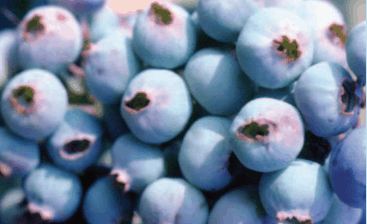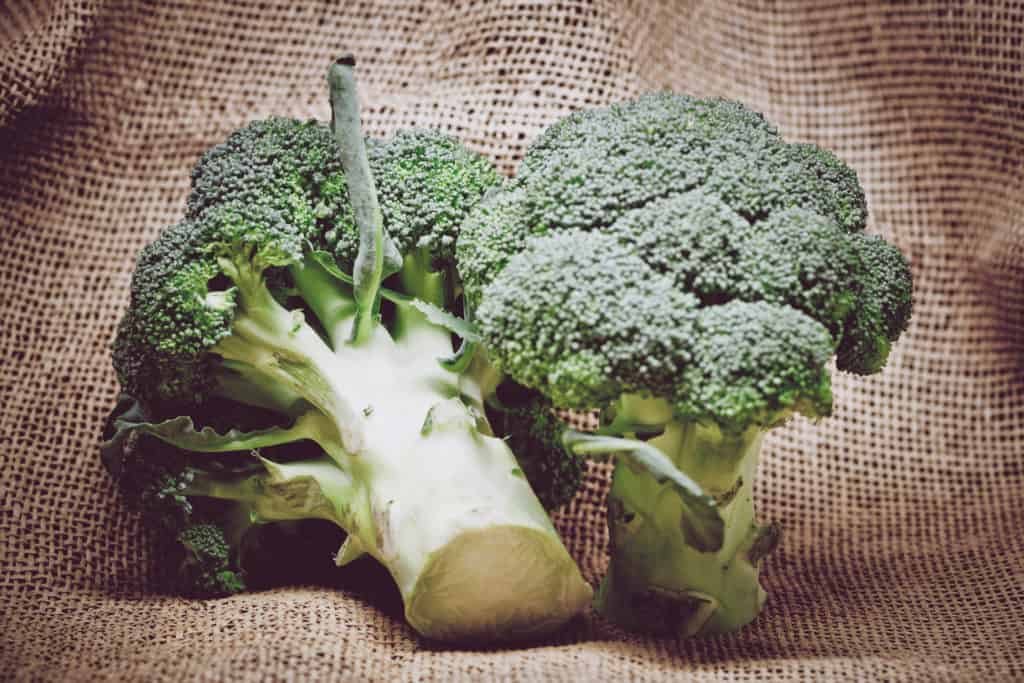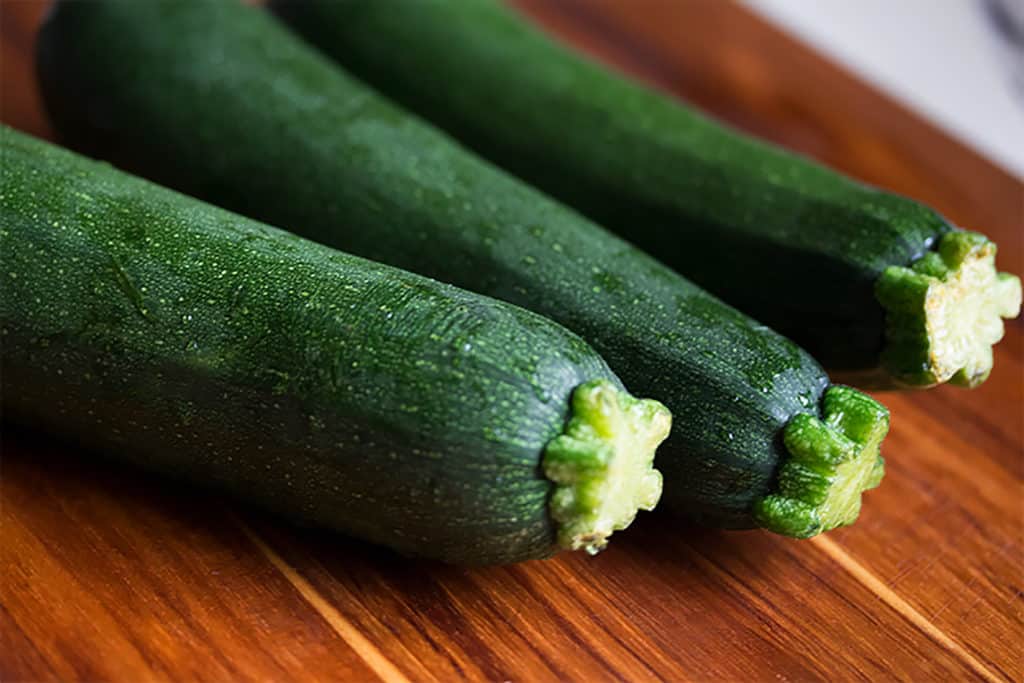Gardening in Central Texas is a game of balance. With plenty of sun, we can grow a wide variety of fruits and veggies. But the scorching summer heat and lack of rainfall can singe and suffocate more delicate plants.
Fortunately, there are hybrids and cultivars that were specially designed to withstand our arid climate. Choosing the right varieties before planting will prevent the at-home gardener from wasting time and money.
We’ve selected a few of our favorite fruit and vegetable cultivars that thrive in Central Texas. Plant these in your garden to exercise that green thumb!
Best Fruits for Central Texas
When choosing your fruit trees and bushes for Texas, it’s vital to select the right varieties. Just because some pears do well in this heat doesn’t mean all pears will thrive!
Here are a few of the best fruits for Central Texas. Plant one tree for a sweet summer treat, or plant a tiny orchard so you can share your bounty with the neighborhood.
Brazos Blackberries

This blackberry variety was developed at Texas A&M back in 1950. The fruit on these bushes is a bit acidic, which makes it great for canning and baking.
It’s both drought and heat tolerant, so home gardeners won’t have to baby it too much. Just prune your plants significantly the day after you harvest the last fruit.
Methley Plums
There are a few plum varieties that do well in Central Texas, like Bruce, Morris, and Ozark Premier. But each of these varieties requires cross-pollination, meaning you’ll need to plant more than one plum variety so they can pollinate each other.
Methley plums, on the other hand, can self-pollinate. So you can get away with just the one tree — although you may get more fruit per tree if you have a few. These trees are small and attractive, with fragrant blossoms and sweet juicy plums.
Orient Pears

Bartlett pears are the best known of all the North American pears. But they’re susceptible to fire blight, a contagious disease that can wipe out whole orchards.
Orient pears, on the other hand, are resistant to the blight and still produce tasty fruit. These trees sometimes bloom in both spring and fall, so you can get a flower show twice per year in addition to your delicious pears.
Brown Turkey Figs
The Brown Turkey Fig is a type of Common Fig, well adapted to Central Texas. These trees are big and produce a profusion of fruit from May through August. The fruit has a mild, sweet flavor and can be eaten on its own or made into jams and desserts.
These trees can handle a short drought, although they prefer consistent moisture. Otherwise, they’re a hardy and attractive addition to the garden!
Peaches
We can’t talk about the best fruit to grow in Central Texas without talking about peaches! Tree varieties produce ripe fruit at different times of spring, summer, and fall. And while they’re self-pollinators, having a few varieties can result in more abundant fruit.

So growers may want to pick a few different types to provide fruit for the whole growing season. Just make sure your particular area of Central Texas provides enough winter chilling hours for each variety of peach tree you plant.
Best Vegetables for Central Texas
Although most veggies prefer to avoid the high summer temps, we can still grow a wild bounty by planting in early spring or early fall. Your Texas vegetable garden will overflow with delicious produce!
These are just a few of these hardy varieties that thrive in our sunny climate.
Bravo Cabbage
This hardy, rugged cabbage has a lovely blue-green color and can be grown as a spring or fall crop. For spring, plant 4-6 weeks before the average date of the last killing freeze. For fall, plant 3 months before the average date of the first killing freeze.
Green Magic Broccoli
While many broccolis prefer cooler temps, the magic in this hybrid is its adaptability to our warmer weather.

It can mature within just 60 days of its transplant into the garden, and makes abundant dense broccoli heads. Depending on your growing zone, you can plant this broccoli in very early spring, or in summer for a fall harvest.
Champion Radishes
These fast-maturing red radishes are easy to grow and produce a high yield.
If you plant them when it’s too warm, the radishes will be stressed and develop an overly hot peppery flavor. Instead, plant them during cool weather, and harvest within 4-5 weeks.
Red Sails Lettuce

Just one of many lettuces that thrive in Central Texas, Red Sails Lettuce has beautiful red leaves that will look as nice on a plate as they do in the garden. The leaves are soft and buttery, and they can grow through the warm weather without getting bitter.
This lettuce is ready to harvest after just 2-3 weeks. Pluck individual leaves at first, and leave the growing tips to produce more leaves. After about 6 weeks, the full heads will be ready for harvesting.
Norland Potatoes
Fans of “baby red” potatoes are in luck — these tasty tubers thrive in Central Texas.
Unlike most veggies, potatoes propagate from the eyes on existing potatoes rather than seeds. Cut your seed potatoes into pieces weighing about 1.5 to 2 ounces each, and make sure each piece has at least one eye. Leave the cut pieces of potato out for a few days so they’ll heal over before they’re planted.
You can try to propagate from grocery store potatoes, but they may be treated with chemicals to prevent sprouting. Certified “seed” potatoes from a garden center are a safer bet.
California White Garlic
If you’re a garlic lover, you should definitely try growing your own! It’s an easy, productive bulb that can be grown in just about any climate, including ours.
Plant individual cloves, flat side down, in the fall. Let them grow through winter and early spring, and harvest when the tops begin to fall over.
You can also try to grow garlic from a grocery store clove. But some store-bought garlic is treated with a sprout inhibitor, so it may not grow.
Sweet Success Cucumbers

These tender cucumbers are abundant growers, with each plant exploding with sweet, dark green fruit. Sweet Success is also resistant to powdery mildew, cucumber mosaic virus, and other blights that plague some cukes.
Cucumbers have a shallow root system, so they dry out quickly. Add mulch to help the soil retain moisture and make sure to keep them well-watered.
A Hobby You Can Eat
Gardening in Central Texas is a fun, healthy way to get the whole family outdoors. Start small, with just a few veggies or fruit trees. After a season of delicious produce from your own backyard, you’ll be ready to expand your garden with tasty new varieties.
Don’t be discouraged if one or two of your plants don’t make it. Gardening is like solving a riddle — a little more sun here, a little less water there. But when you’ve tasted success, there’s no better reward.

